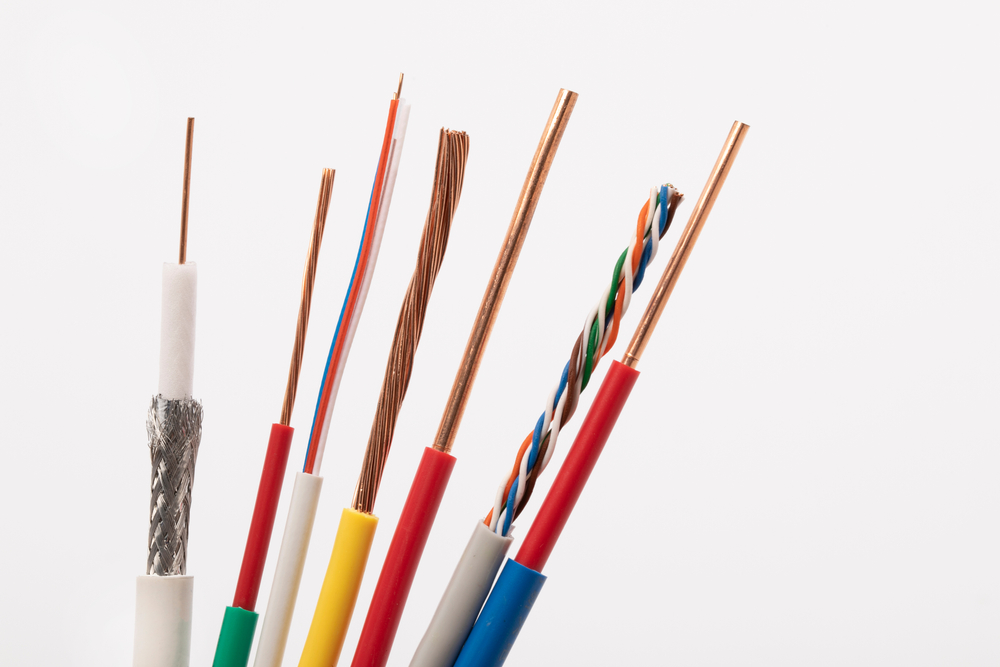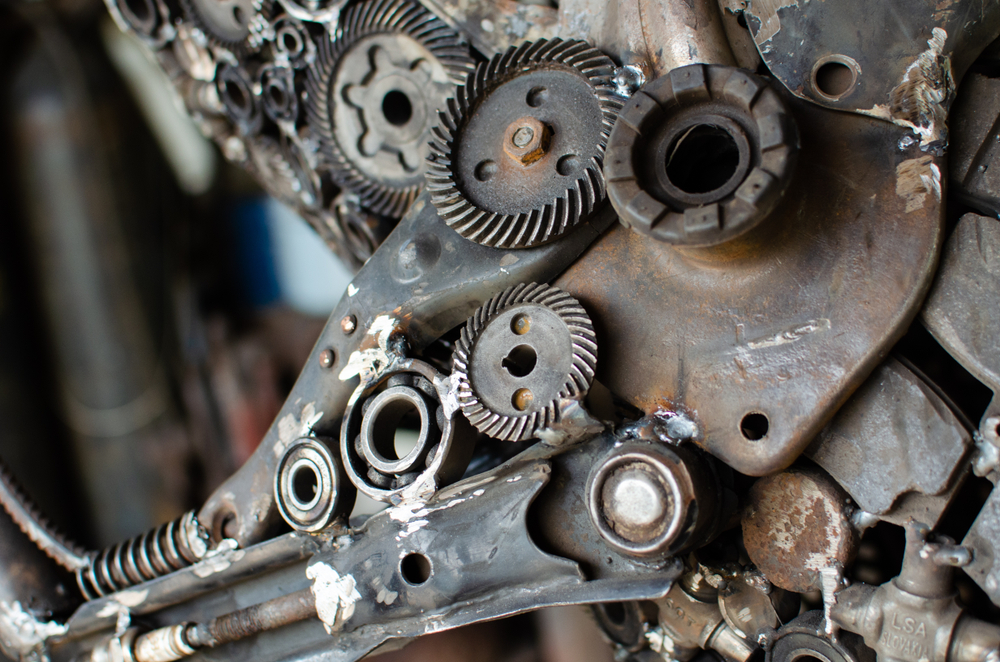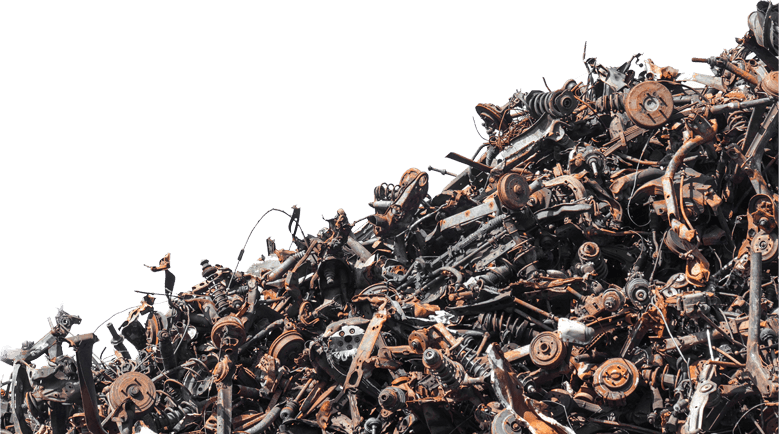Along with encouraging you to sell your scrap metal to us for some extra pocket money and to make a positive impact on the environment, we also believe it’s crucial that children understand the importance of metal and how they contribute to society. For younger children, it can still be a bit of a dry topic, though, which is why we thought we’d put together this article detailing some fun experiments. These three experiments will work to ease them into the world of metal, so they at least have a base understanding and are prepared for future information.

1. Coloured flame test
You may remember this one from high school – putting different metals over a Bunsen burner to see how the flame changes colour. This is a fun one to start with since the actively changing colours will get the children hooked pretty easily. Once you have your safety goggles and gloves, simply clean a piece of nichrome wire in hydrochloric acid and then dip it in a variety of different metals (copper, sodium and lithium for examples) one at a time and hold it to a gas flame. They should change colour.
This is because the electrons are being superheated – causing them to become excited. Each type of metal is different, so when the electrons begin to settle, they release light energy – which are the different lights you see when you put them to the gas flame.
2. Thermite reaction
A traditional thermite reaction can sometimes be a bit dangerous for children to attempt and can even go wrong for adults. It essentially involves heating up oxidised iron and aluminium to create a large amount of heat and light. There is a much safer way to showcase a thermite reaction, however, and that is by using aluminium foil and rusted ball bearings.
Once you have your safety goggles equipped, cover one of the two ball bearings in aluminium foil and then knock them together to create a spark. That in itself is a thermite reaction on a smaller scale. It will still excite the children and show them a bit about the reaction that is used quite commonly in welding due to the high amount of heat produced.
3. Copper plating
Plating something in copper is actually fairly simple and is a fun way to decorate any type of silver-like metal like aluminium or iron (any type of galvanised metal is ideal) to give it a more gold-like appeal. If you’re looking to make something creatively then you could shape your own ornament and dip that in the copper solution – otherwise, just any type of galvanised metal will suffice.
There are a few ingredients you’ll need before you get started – distilled water, hydrochloric acid, a plastic beaker or cup and a 12V battery. Our scrap metal experts also recommend safety goggles.
- Pour five parts distilled water to one-part hydrochloric acid (always pour the water in first – never add water to acid) into the cup and stir it with a plastic stirrer. The plastic stirrer is important because if you were to use metal, the acid will eat away at it.
- Once your solution is ready – you can place your piece of copper in it. Hook the copper anode up to the positive charge of your 12V battery using alligator clips and keep it in the solution for a few hours so the solution can absorb the copper.
- Next, grab your piece of galvanised metal, hook it up to the battery’s negative charge and put it in the solution.
- Stir it around constantly to keep the particles moving. The longer the copper has sat in the solution, the quicker the plating process will be but once you’re happy with the amount of plating that has occurred you can take it out and see the difference. Keep in mind that some parts like the bottom of your piece may appear darker than the rest since it would have had the most exposure.
- If you are doing a decorative piece and are looking to create a two-tone effect, you can duct tape the parts you would like to remain the original colour.
Are you looking to sell scrap metal in Melbourne?
Metal Men Recycling highly encourage you to sell any scrap metal you may have lying around the house. Not only will you make some extra cash on the side, but you’ll also be actively contributing to a sustainable and environmentally-friendly industry.
Contact us by filling out our online enquiry form or calling 03 5941 6677 to find out more about our services.












